Box Jellyfish
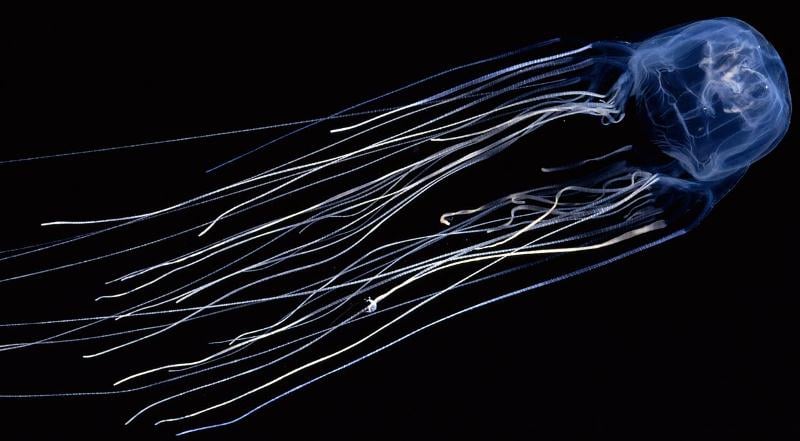
Everyone knows that a jellyfish sting is to be avoided at all costs. However, being stung by the wrong type of jellyfish could cost a person his or her life as it’s one of the deadliest animals on the planet.
As you’ll see in the video below, the box jellyfish greatly surpasses an ordinary, run-of-the-mill sea creature. While only superficially distinguishable from other jellyfish by its cube-like shape, this well-developed species has eyes and can propel itself through the water.
http://www.youtube.com/watch?v=Ws5hImeonEA
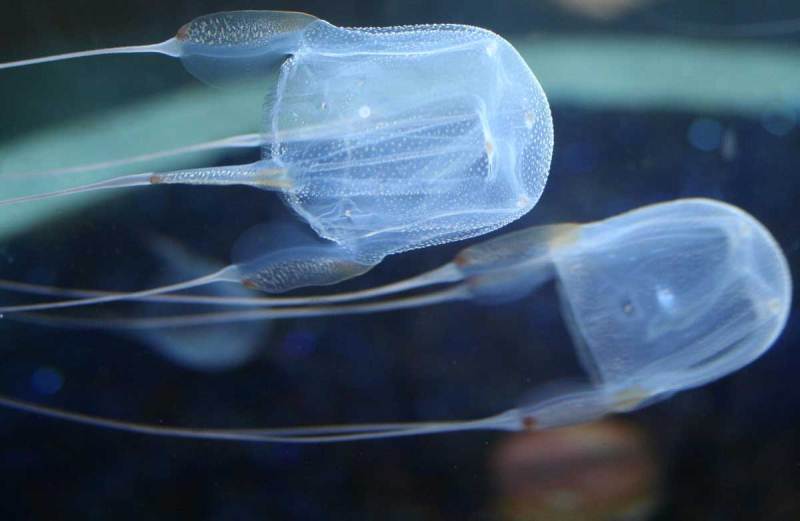
Source: Box Jellyfish
The box jellyfish kills its prey by injecting poison into the unsuspecting marine life using its tentacles. These tentacles grow up to an astonishing 10 feet long and are covered in stinging cells that can recognize the presence of foreign chemicals.
For humans, a sting could be fatal. Often, the toxins shut down the person’s nervous system within minutes, and many swimmers have been known to drown before even making it back to shore.
http://www.youtube.com/watch?v=pYUZxS1bZR4
Oddly enough, sea turtles have immunity from the box jellyfish, and frequently use this immunity to prey upon them. For humans who are lucky enough to survive a box jellyfish sting, scars like the ones below will always be a reminder of their run-in with such a dangerous animal.

Source: Planet Animal Zone
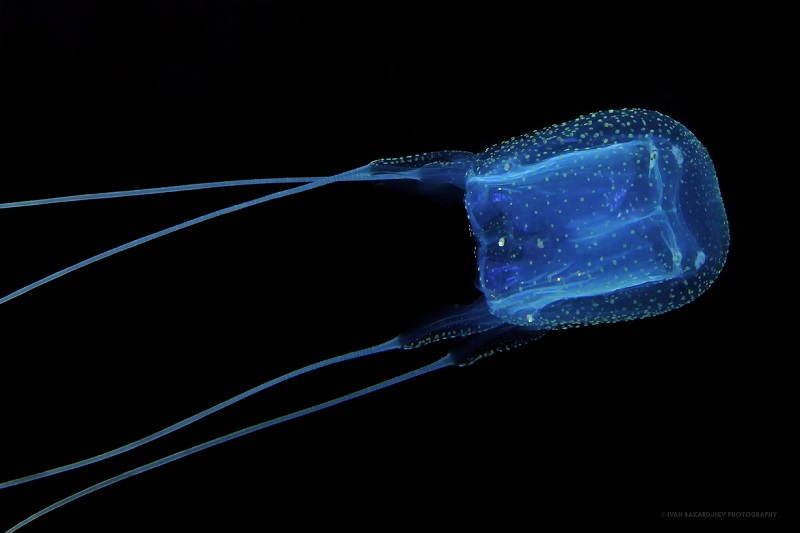
Source: 500 PX
Brazilian Wandering Spider
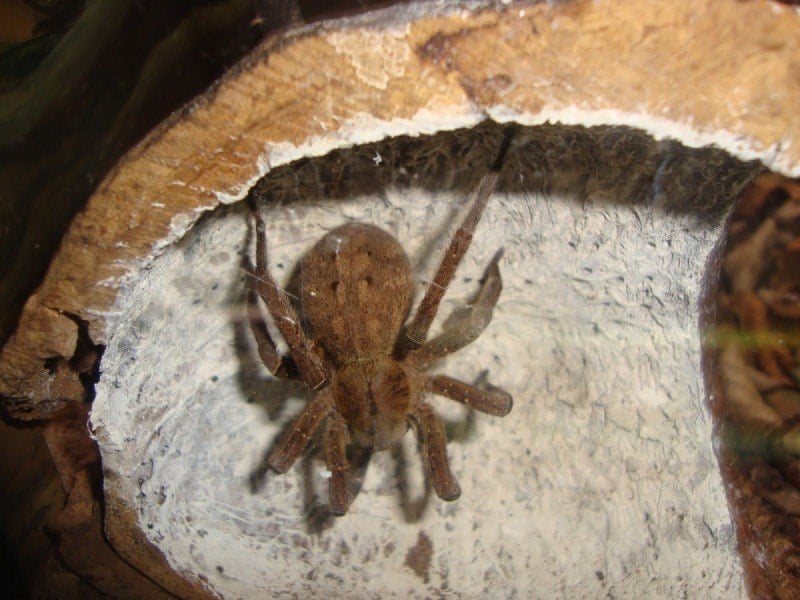
Source: 123 RF
When people mention scary spiders, black widows and brown recluses often top the list. Yet the Brazilian wandering spider is undeniably the most terrifying of them all. Territorial, aggressive, and highly venomous, these spiders are arguably the most dangerous species in the world.
Even worse, these freaky arachnids are quite common in southeastern parts of the United States, where residents might find one spinning an asymmetrical web or hunting soft-bodied insects.
Though smaller than most spider species, Brazilian wandering spiders, also known as banana spiders, are not fearful of humans. During the day they hide in plants, old boxes, and other unsuspecting locations, but at night, they become highly active and seek out their prey.
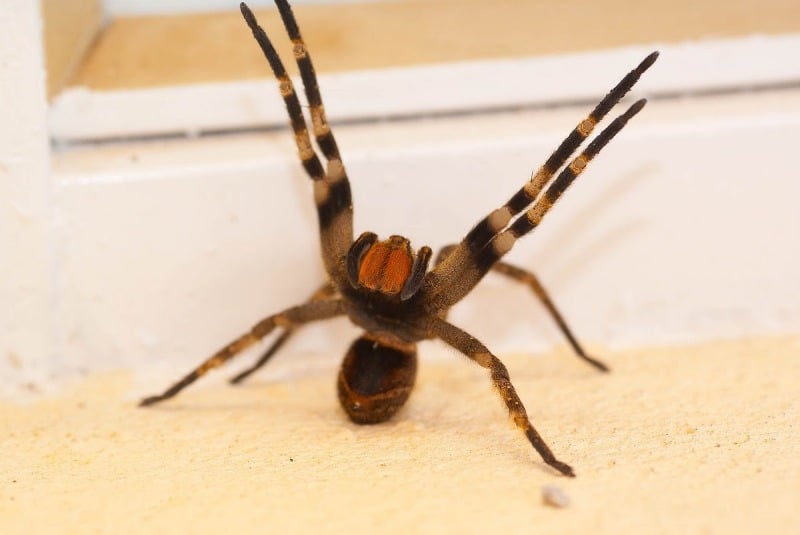
Source: Project Noah
The Brazilian wandering spider is believed to have the most potent neurotoxic venom of any spider in existence. A tiny 0.006mg dose can easily kill a mouse. Thankfully, these spiders only inject a full dosage of venom into their prey about 40% of the time they bite. The rest of their bites are venom-less, yet still pack a great deal of pain.
Some trivia: for male victims, the Brazilian wandering spider’s venom often causes a prolonged erection, leading some to call it a “natural Viagra.”
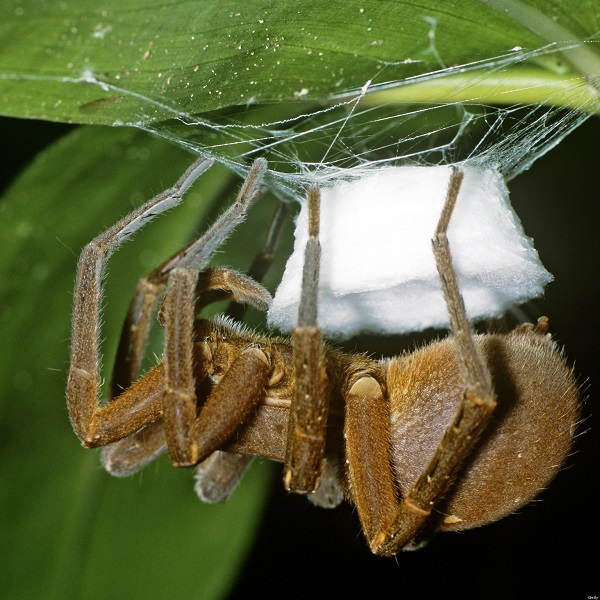
Source: Huffington Post





